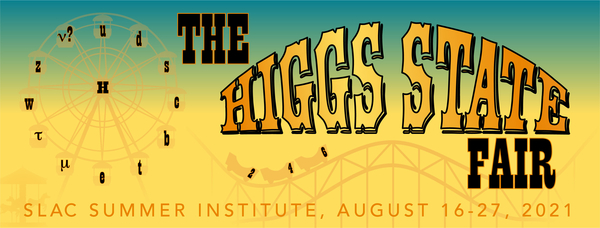Speaker
Description
The Belle II detector is situated inside an electron-positron collider in Japan called SuperKEKB and has been in operation since 2019. Like other B Factories of the past, Belle II is partly responsible for performing rare B decay analyses, and in such analyses, the variable $E_\mathrm{extra}$ is an important tool for signal yield extraction and background suppression, with many key analyses depending on the power of $E_\mathrm{extra}$ to increase the significance of their measurements. However, the resolution of $E_\mathrm{extra}$ for signal is greatly hampered by the presence of beam background, and with Belle II continuously reaching higher luminosities, this problem will continue to worsen. Therefore, it is imperative that scalable, efficient and accurate tools to suppress the impact of beam background are developed. This project focuses on the development of a multivariate analysis technique, centered around the FastBDT classifier, to identify and suppress beam background. Classifiers were trained on various subsets of cluster-related features, with source distributions for each feature obtained from e+e− → μ+μ− events for beam background photons and $B^0\overline{B^0}$ events for signal photons. It was observed that a FastBDT classifier trained on features describing the cluster energy, position and shape performed well at distinguishing between signal and beam background photons. Applying this classifier to a $B^0 → D^∗lν$ analysis demonstrated its ability to improve the resolution of $E_\mathrm{extra}$ for signal. Further investigations showed that training the classifier on additional features such as the timing of the cluster and its proximity to nearby tracks further improved both the accuracy of the classifier, and the background suppression capabilities of $E_\mathrm{extra}$. However, recent developments have shown that, although the performance of current FastBDT classifiers is promising, there are some issues with the validity of the current source distributions that need to be addressed before the classifier can be confidently applied to any rare B decay analyses.



